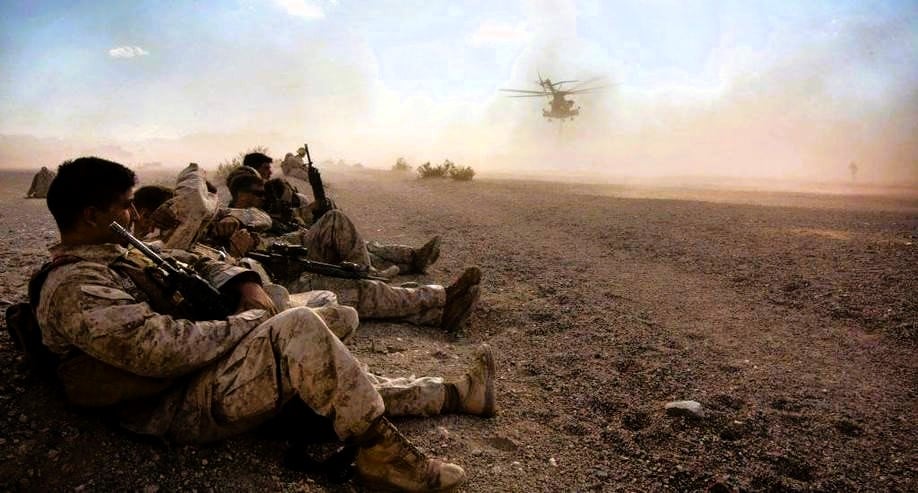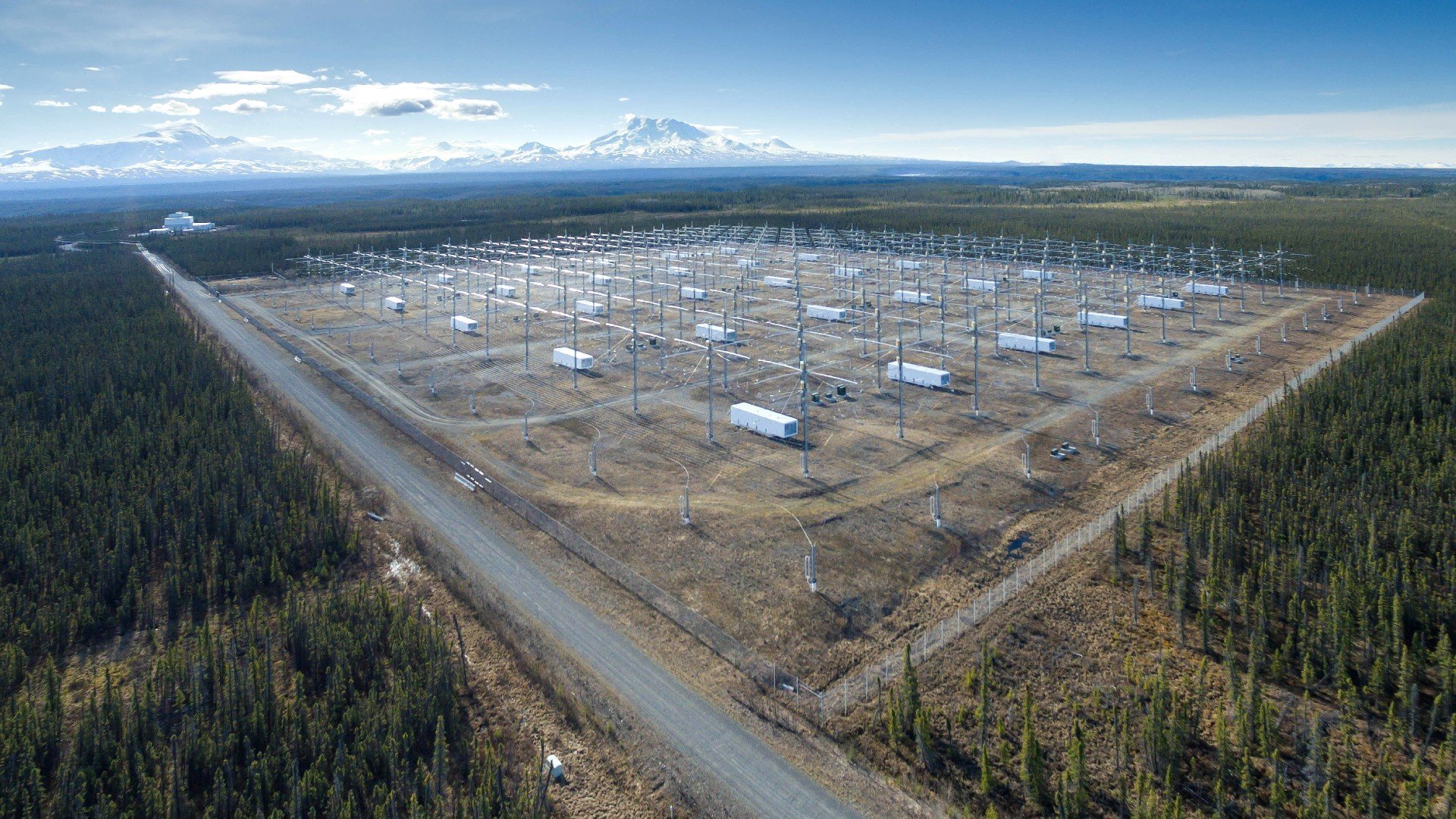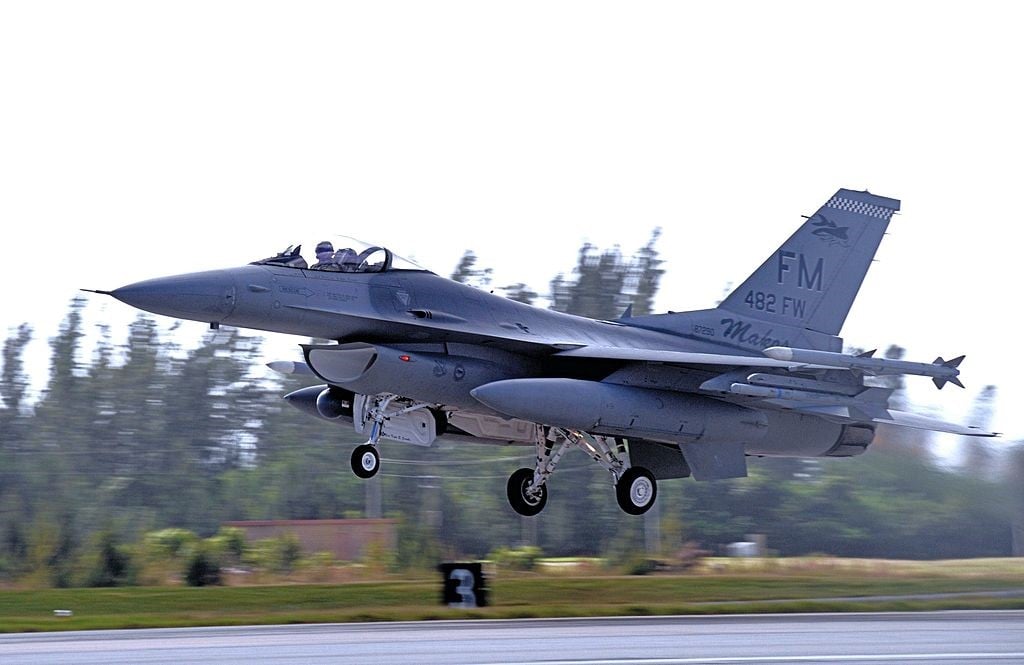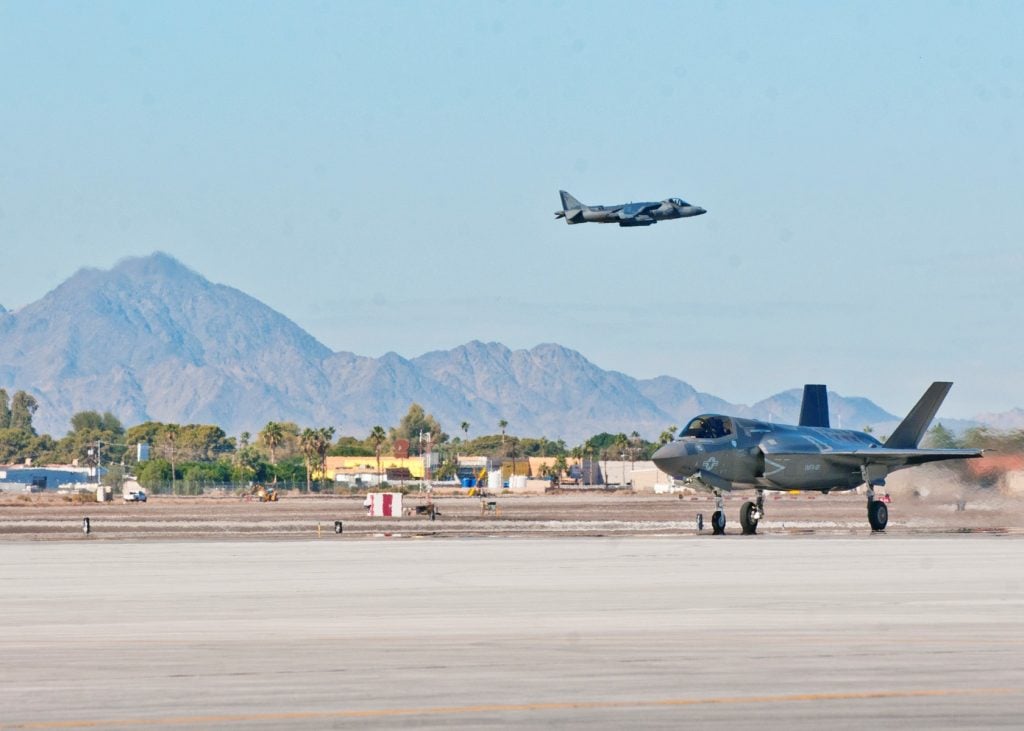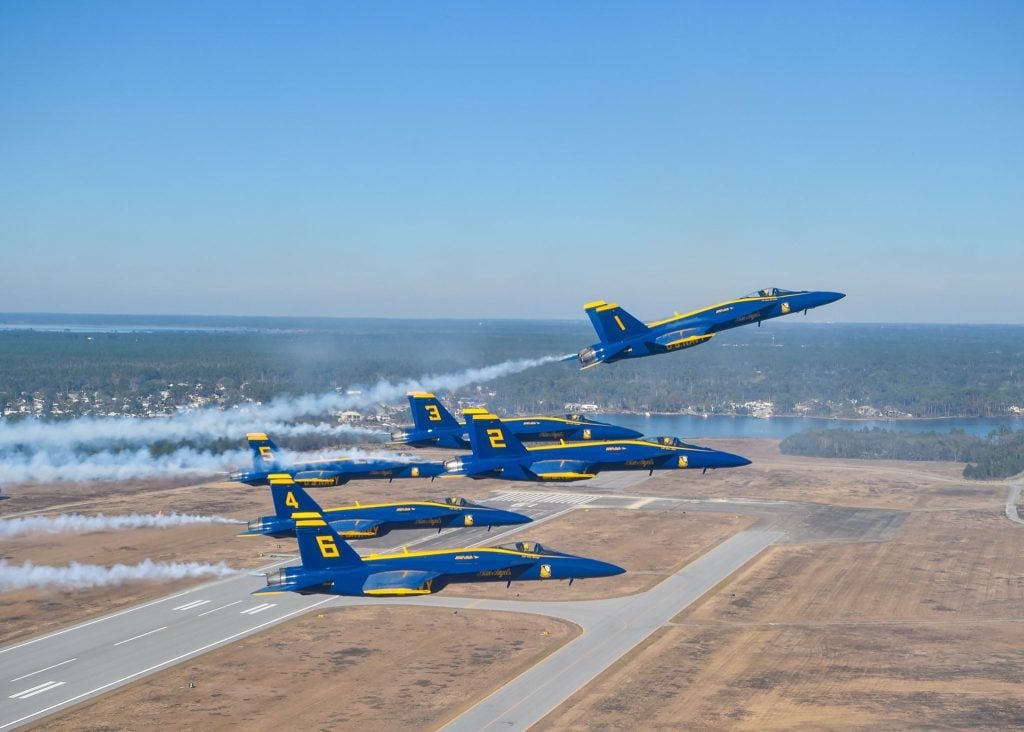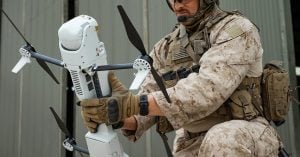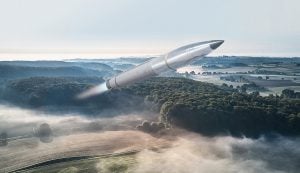As climate change intensifies, the military landscape is undergoing significant transformations, particularly in regions where extreme heat is becoming more commonplace. The United States is home to numerous military installations, each with its own unique challenges, but some are facing the brunt of rising temperatures more than others.
In this article, we will delve into The 5 Hottest Bases in the United States, examining the implications of extreme heat on operations and personnel.
Also Read | 15 Most Expensive Future Weapons of the United States Military 2024
Understanding the Impact of Extreme Heat on Military Operations
Extreme heat poses a significant threat to military readiness and personnel health. As temperatures rise, the risk of heat-related illnesses among service members increases, which can severely impact training and operational capabilities.
The Science Behind Heat Stress
Heat stress occurs when the body cannot effectively cool itself, leading to potential health hazards such as heat exhaustion and heat stroke. The military is particularly vulnerable because:
- Physical Demands: Service members often engage in strenuous activities that require peak physical performance.
- Training Environments: Many training exercises occur outdoors, exposing personnel to prolonged periods of high temperatures.
- Mission Readiness: Effective mission execution can be compromised if personnel are unable to perform optimally due to heat stress.
Historical Context
Historically, the military has adapted to various climates, but the increasing frequency of extreme heat days requires a reassessment of current protocols. With climate experts predicting an uptick in dangerously hot days, installations must develop strategies to mitigate the risks associated with higher temperatures.
1. Homestead Air Reserve Base, Florida
Overview
Homestead Air Reserve Base stands out as the hottest military installation in the United States, with forecasts indicating an alarming increase of 102 additional extreme heat days in the coming years. This base serves as a critical hub for various air reserve operations.
Operational Significance
- Unit Composition: The base hosts several key units, including the 10th Air Force and multiple fighter wings.
- Mission Focus: It plays a vital role in air defense and support operations, which can be significantly hampered by extreme heat.
Health and Safety Concerns
The rising temperatures present considerable challenges for maintaining the health and safety of personnel. Experts warn that the increasing number of hot days could jeopardize both mission readiness and the well-being of service members.
2. MacDill Air Force Base, Florida
Overview
MacDill Air Force Base, located just south of Tampa, is another installation grappling with extreme heat. It is projected to experience 96 additional extreme heat days, making it one of the hottest bases in the country.
Strategic Importance
- Key Units: The base is home to various squadrons, including the 6th Air Refueling Wing and the Air Force Office of Special Investigations.
- Operational Readiness: The base plays a pivotal role in air mobility and refueling, essential components for modern military operations.
Adjusting to Heat Challenges
With the increasing heat, MacDill has implemented guidelines to safeguard personnel. However, experts suggest that these protocols may need updating to reflect the evolving climate realities.
3. Marine Corps Air Station Yuma, Arizona
Overview
Marine Corps Air Station Yuma is situated in one of the hottest regions of the United States, with an expected 86 additional extreme heat days. This base is vital for aviation support and training.
Training and Readiness
- Training Environment: The base offers a diverse range of training opportunities, including live-fire exercises and tactical operations.
- Personnel Welfare: The extreme heat can significantly impact training schedules and personnel welfare, necessitating adjustments in training protocols.
Strategic Adjustments
To combat the effects of rising temperatures, the base is exploring innovative solutions to ensure operational readiness while prioritizing the health of its personnel.
4. Naval Air Station Pensacola, Florida
Overview
Naval Air Station Pensacola is another base facing the challenges of extreme heat, with predictions of 78 additional extreme heat days. This installation is known for its rich history and strategic significance.
Mission and Operations
- Fleet Support: The base provides essential support to various Navy installations across the southeastern United States.
- Training Hub: It serves as a primary training facility for naval aviators, which can be affected by extreme weather conditions.
Navigating Heat Challenges
The increasing number of hot days presents challenges for training and operational effectiveness. The base is actively working to implement strategies to mitigate heat-related risks.
Also Read | AFSB Full Form, Process and Functioning
5. Naval Air Station Joint Reserve Base New Orleans, Louisiana
Overview
Naval Air Station Joint Reserve Base New Orleans is projected to experience 74 additional extreme heat days. This base has a long-standing history of aviation training and operational support.
Key Units and Operations
- Diverse Fleet: The base hosts various squadrons, including fighter and logistics support units.
- Historical Significance: Established in the mid-1940s, it has been a critical location for training naval aviators.
Addressing the Heat Issue
As temperatures rise, the base is focused on enhancing its climate resilience strategies to ensure the safety and effectiveness of its operations.
Also Read | NDA Full Form and Job Profile, Check All Details
Conclusion
The increasing temperatures at these military installations underscore the urgent need for adaptive strategies to ensure the health and safety of service members. As the landscape of military operations evolves in response to climate change, it is imperative that the armed forces prioritize the well-being of their personnel while maintaining operational readiness.
FAQs
1. What are the primary challenges posed by extreme heat at military bases?
Extreme heat can lead to heat-related illnesses, affecting personnel health and operational readiness.
2. How are military bases adapting to rising temperatures?
Bases are implementing updated guidelines and strategies to ensure personnel safety during training and operations.
3. Which military base is expected to experience the most extreme heat days?
Homestead Air Reserve Base in Florida is projected to see the highest increase in extreme heat days.
4. Why is heat stress particularly concerning for military personnel?
Due to the physically demanding nature of military training and operations, service members are at a higher risk for heat-related illnesses.
